PDF-Hacettepe University Journal of Educat
Author : hadley | Published Date : 2021-09-14
ion H Eitim Fakltesi Dergisi VolumeIssue SSSS YEAReISSN 25364758httpwwwefdergihacettepeedutrHacettepe University Journal of EducationHacettepe niversitesi Eitim
Presentation Embed Code
Download Presentation
Download Presentation The PPT/PDF document "Hacettepe University Journal of Educat" is the property of its rightful owner. Permission is granted to download and print the materials on this website for personal, non-commercial use only, and to display it on your personal computer provided you do not modify the materials and that you retain all copyright notices contained in the materials. By downloading content from our website, you accept the terms of this agreement.
Hacettepe University Journal of Educat: Transcript
Download Rules Of Document
"Hacettepe University Journal of Educat"The content belongs to its owner. You may download and print it for personal use, without modification, and keep all copyright notices. By downloading, you agree to these terms.
Related Documents

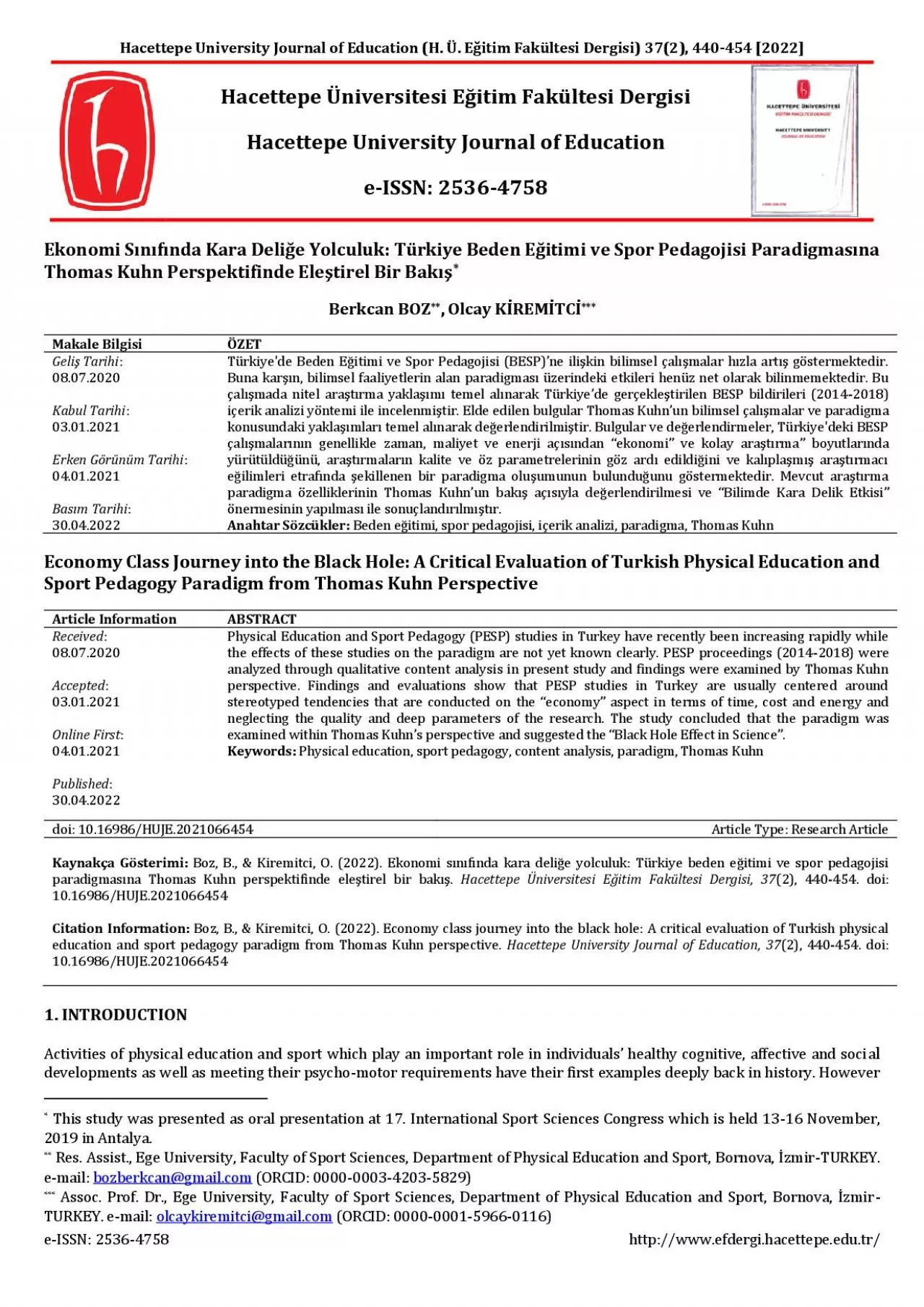
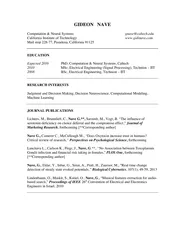
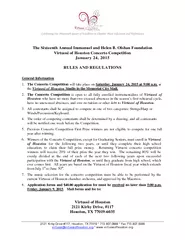

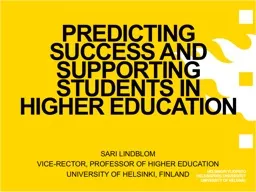



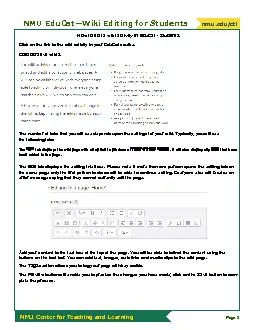
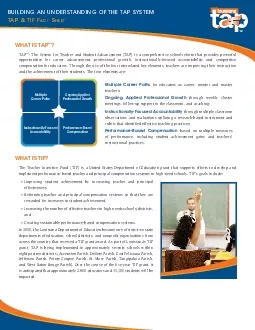



![[EBOOK] - Latino Immigrant Youth and Interrupted Schooling: Dropouts, Dreamers and Alternative](https://thumbs.docslides.com/905962/ebook-latino-immigrant-youth-and-interrupted-schooling-dropouts-dreamers-and-alternative-pathways-to-college-bilingual-educat.jpg)